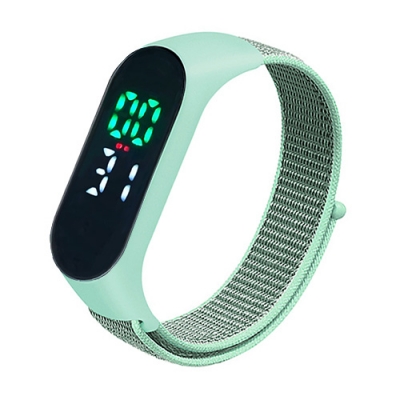Gas cylinders play a vital role in the distribution of various gases such as industrial processes, medical applications, food and beverage distribution, and household propane/LPG. However, managing a large inventory of gas cylinders presents significant challenges in terms of inventory management, logistics, safety and compliance.
Challenges in cylinder inventory transportation: How to optimize cylinder inventory? How do I understand usage and upgrade rotation patterns? How to track a "lost gas cylinder"? How to ensure the safety and reliability of gas cylinders?
Which cylinder tracking technology to choose?
Different operators may use different tracking technologies and systems based on their specific needs and preferences. Some common tracking solutions include:
1. Traditional manual method: Use pen and paper or spreadsheet to track cylinder inventory and flow. While this method is simple and inexpensive, it is error-prone and time-consuming.
2. Barcode scanning: This method uses the barcode attached to the gas cylinder, scans the data of the gas cylinder through the handheld scanner, and enters the scanned data into the database for tracking and inventory management. This method is more accurate and efficient than manual methods, but may still require manual data entry and is prone to errors.
3. Radio Frequency Identification technology (RFID) : the RFID electronic tag is installed on the cylinder, and the RFID reader is used to automatically track its circulation and inventory. This method is very accurate and efficient, and can provide real-time data on the position and status of the gas cylinder. The technology uses an RFID chip linked to the serial number of the gas cylinder, which can learn its location and history. Customers can access all information such as safety data, contents, cylinders, batches, release numbers, etc., in the cloud.
Overall, the most effective solution depends on the specific needs and requirements of the cylinder operator. For example, smaller operators can manage inventory using manual or barcode scanning methods, while larger operators with a larger number of cylinders may require more advanced technologies such as RFID or cloud-based software systems.














